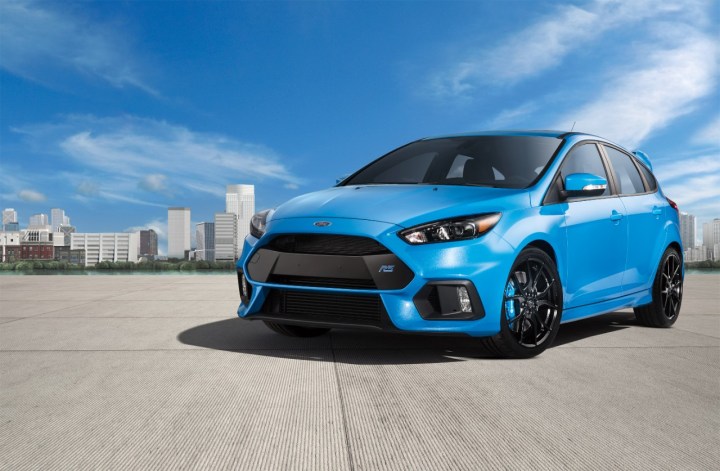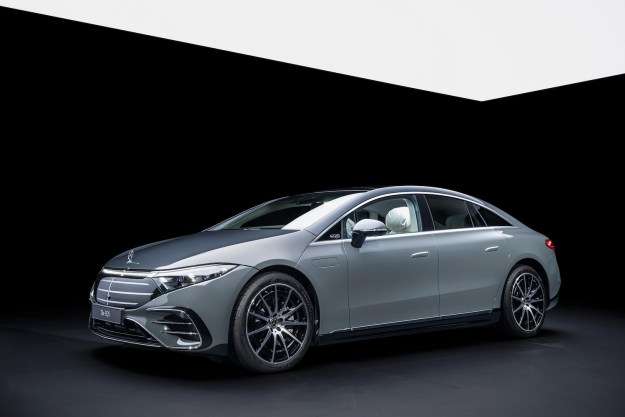
The American automaker has officially announced a partnership with car audio juggernaut Harman, the first product of which will be the exclusive rollout of Harman’s B&O Play sound systems throughout Ford’s model range. According to the two companies, the goal is to explore different sound profiles for different vehicles, with each car’s personality being reflected in its sonic signature. The brands hope this will result in more engagement between human and vehicle, as audio capabilities are more important to drivers today than they have ever been before.
“Ford and B&O Play are a perfect match among brands that stand for quality, freedom and innovative design, coming together to revolutionize the driving experience for consumers,” said Michael Mauser, president of Harman’s lifestyle audio division. “With our shared commitment to seamless engagement and elevated experiences, Ford is the ideal automaker to bring the transformative power of B&O Play audio to drivers and passengers worldwide.”
Harman purchased Bang & Olufsen’s car audio division in 2015, and with the acquisition came the rights to B&O Play. B&O Play products are known for portability and a high level of craftsmanship, making them an excellent fit for a project rooted in tailored, visceral experiences.
Read more: Harman and Lufthansa team up to offer flyers a more peaceful experience
Harman is not just a car audio manufacturer though. As we learned at CES 2016, the brand is well versed in the connected car and autonomous vehicle fields as well, so Harman sees this partnership as an opportunity to flex its muscles in those areas.
There’s nothing concrete to report yet, but both companies agree that the audio systems of the future will go far beyond playing music, with possibilities for greetings, car-to-car communication, and even car-to-pedestrian communication being endless. As always, stay tuned to DT Cars to see what comes next.


